Which country is the Robusta coffee bean from? The difference between Robusta coffee beans and Arabica introduces the origin story in detail.
Friends who often drink coffee may know what kind of coffee flavor is in which country of origin, and those who know more about coffee will know what kind of coffee beans are better to drink. And when we start drinking coffee, we hear the barista say this is an iron pickup, this is Arabica or Robusta, and we don't know what that means. In fact, this is the variety of coffee. The three major varieties of coffee are Arabica, Robusta and Liberica.
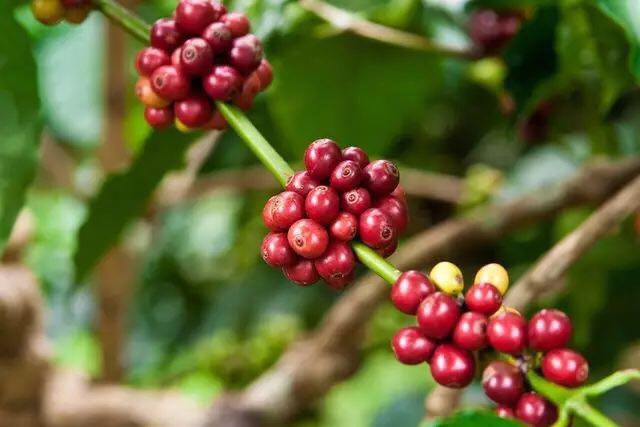
Today, the front street and everyone together to understand what kind of coffee beans are Robusta.
For Arabica varieties of coffee, we may all be familiar with, such as: we usually hear iron pickup, bourbon, rose summer and so on belong to Arabica coffee varieties. Arabica coffee originated from the Ethiopian plateau and is now widely cultivated due to its excellent flavor quality, accounting for 70% of global coffee production.
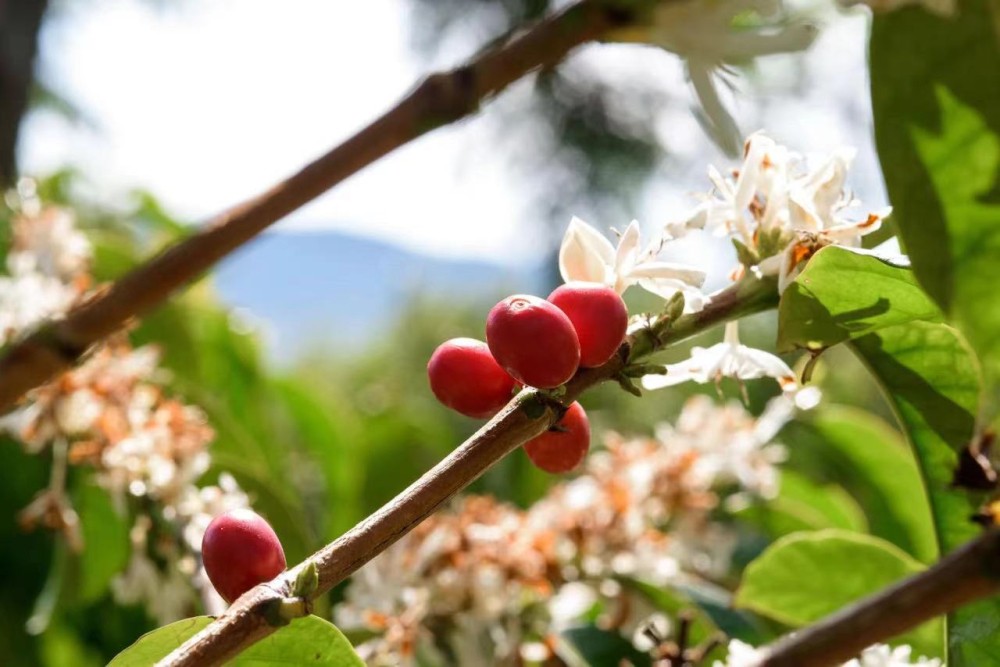
Robusta coffee may be relatively less heard, probably know that the taste is not as good as Arabica varieties, nor is it a boutique coffee, at the same time, Robusta coffee varieties are usually used in commercial beans. Robusta coffee species, in fact, should be strictly called Canefra species, Robusta is a subspecies of Canefra species that is widely cultivated, so Robusta almost replaces Canefra as a synonym for this species. Robusta originated in the Congo (basin) area of West Africa and is widely cultivated because of its low altitude, high yield and easy cultivation. Its coffee production accounts for 20 -30% of global coffee production.
Origin of Robusta
Robusta, originating from the Congo Basin on the west coast of Africa, should be called "Kanefra coffee species"(Congo species) to correspond to the same level of "Arabica coffee species" if it is to be classified according to botany. This neglect is due to the fact that other Canefra species are not domesticated or commercially cultivated and are in their original wild state.
The main producers of Robusta beans are Indonesia, Vietnam and West African countries centered on Algeria, Angola.
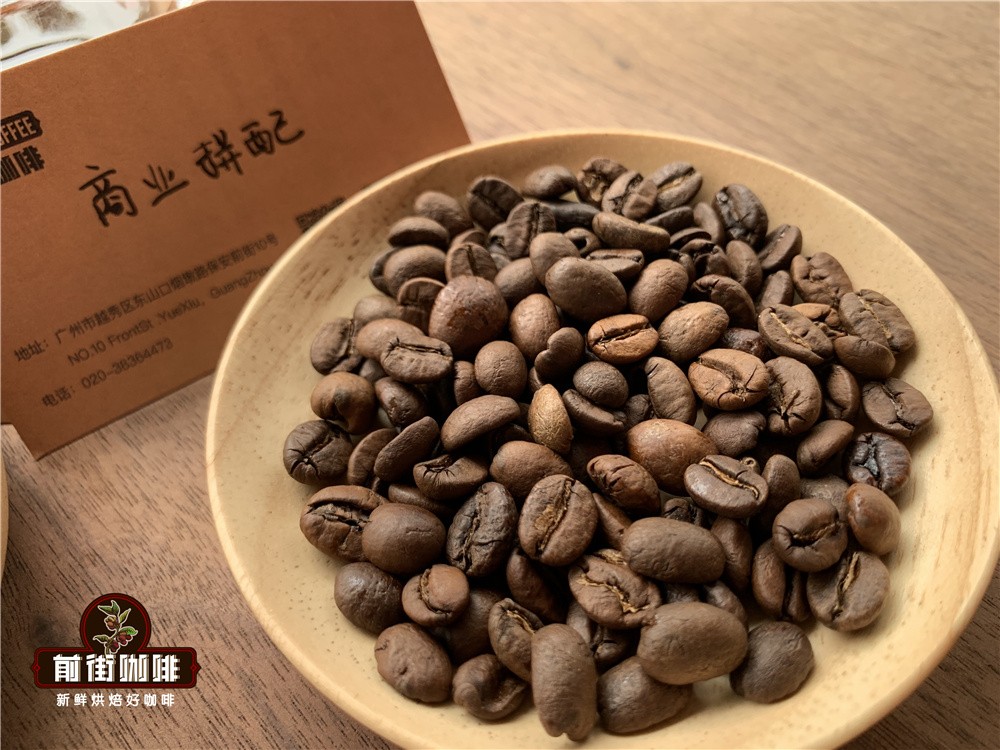
Coffee is grown on all Indonesian islands, and coffee trees were introduced to Indonesia by the Dutch in the mid-17th century. 1712 The first coffee from Java arrives in Amsterdam. In 1877, coffee trees on all plantations were destroyed by coffee rust, and Robusta coffee trees had to be imported from Africa to replace the original species. Indonesia is the world's leading producer of Robusta coffee.
Vietnamese coffee is predominantly Robusta, with perhaps a small amount of Arabica grown, and Vietnamese coffee is also an essential part of many commercial blends. One of the beans on Front Street is Robusta beans from Vietnam, which are used in Front Street commercial spelling.
Robusta beans are commonly used in instant coffee, canned coffee, liquid coffee and other industrial coffee production, it extracts coffee liquid about twice as much as Arabica, caffeine content is much higher than Arabica.
Arabica varieties
Arabica species are very sensitive to the requirements of the growing environment, so the suitable areas for Arabica coffee trees to grow are mostly located in the coffee belt with high mountains between the Tropic of Cancer. Arabica requires an altitude of 800-2000 meters for growth. The higher the altitude, the better the quality of coffee. Arabica coffee is currently the most widely distributed coffee variety, grown in Asia, Central and South America, and Africa. Countries such as Ethiopia, Kenya, Panama, Colombia and Brazil are famous Arabica coffee producers. That is, we usually say boutique coffee, that variety is Arabica, and only Arabica coffee can be called boutique coffee.

Due to Robusta's strong adaptability to the environment, it can grow luxuriantly at an altitude of 0--800m. Robusta's chlorogenic acid content is relatively high, about 7% to 10%, which is not easily affected by pests and climate. Generally, it is planted at a lower altitude and bears more fruits and faster.
Robusta coffee beans
Robusta coffee beans are one fruit per bean. Robusta's shape is round and C-shaped; the center line is "1"-shaped, and the color of the raw beans is yellow-brown.
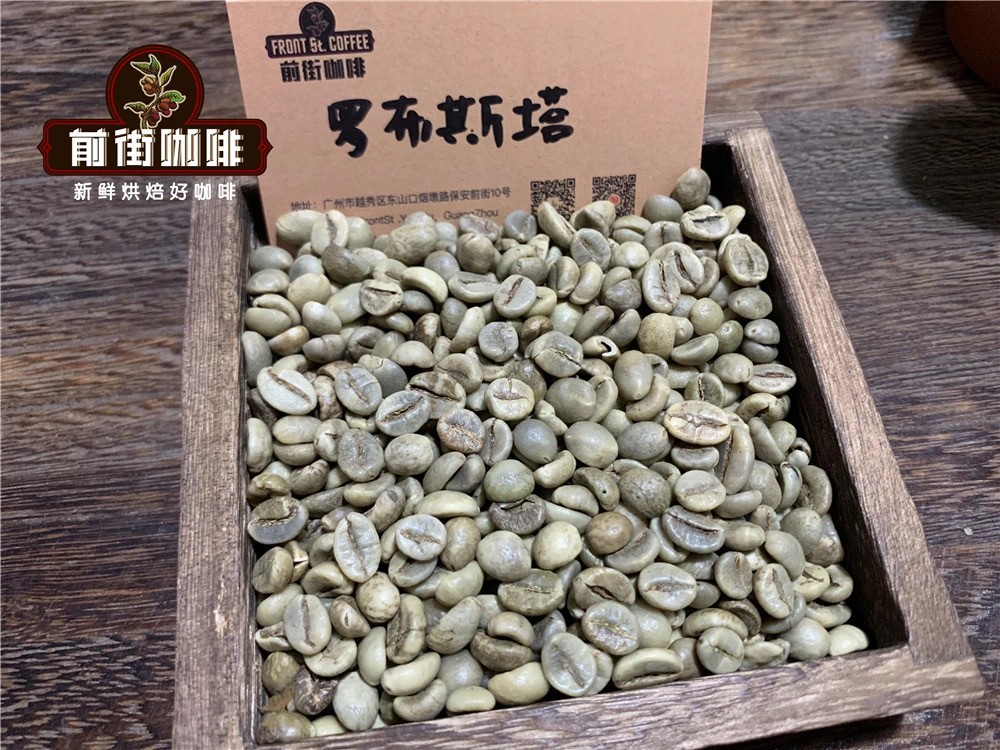
Robusta's Advantage
Growing conditions: The global coffee growing zone lies between the Tropic of Cancer and Robusta is no exception. But Robusta's growing conditions are not as harsh as Arabica species, and Robusta can grow at lower altitudes and higher temperatures. It grows faster than Arabica and is more tolerant to extreme weather conditions. Robusta is widely cultivated in Vietnam, Brazil, India and other countries. Robusta is also cultivated in Hainan, China.
Insect resistance: Robusta contains 2.7%-4% caffeine, twice as much as Arabica. Caffeine is a natural pesticide for plants and can be protected from most insects.
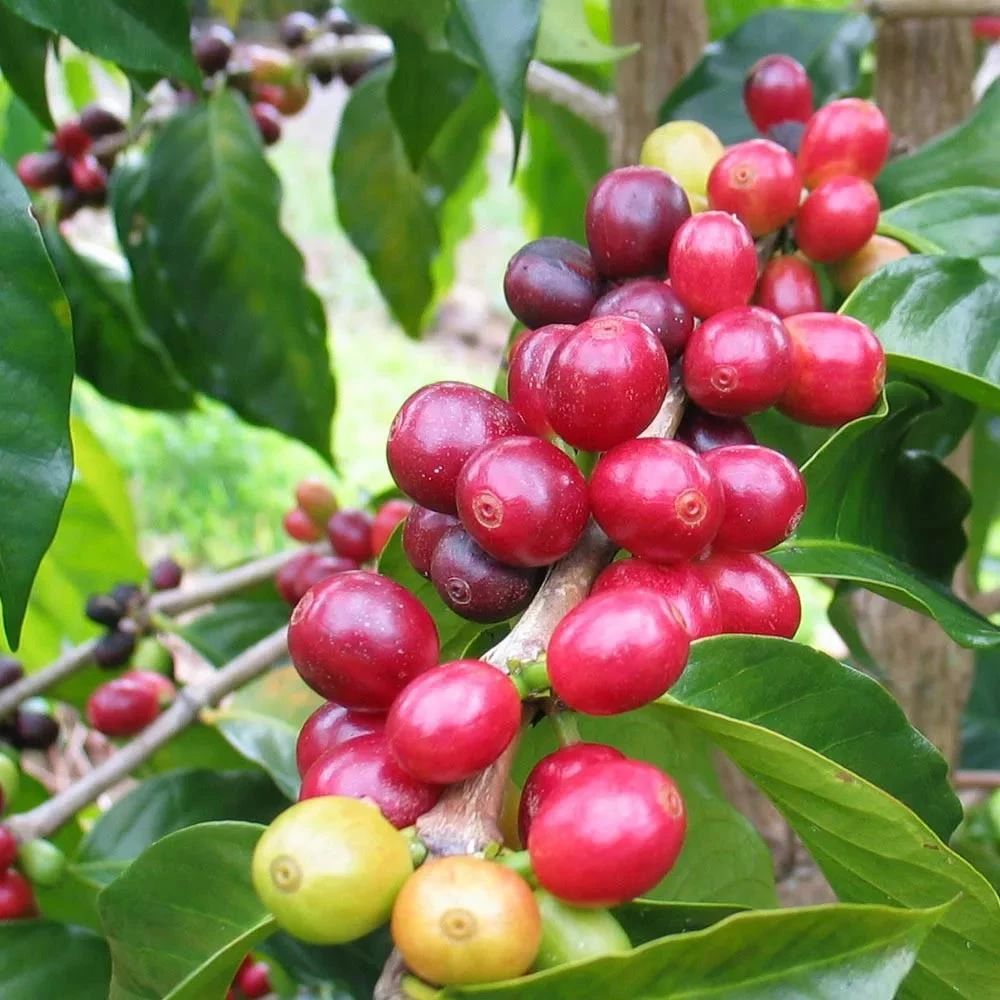
Disease resistance: We probably know that Arabica has 44 chromosomes and Robusta has 22; in general, the more chromosomes there are, the more complex and advanced the gene, but Arabica is self-pollinated and Robusta is cross-pollinated. And pollination involves heredity.
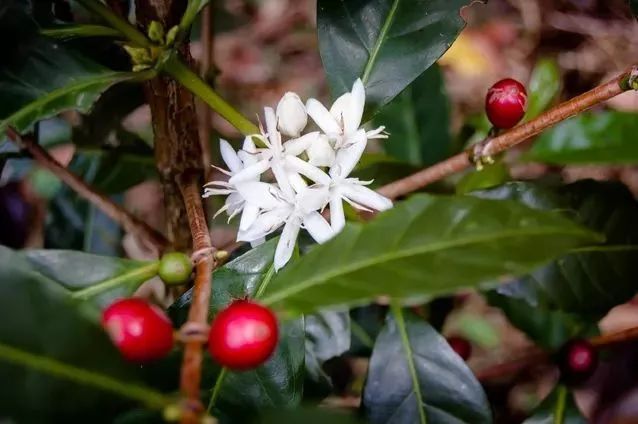
Usually, cross-pollination produces a higher-quality plant-the offspring of both parents have genetic traits that are likely to produce new traits that help them survive in a changing environment. So self-pollinated arabica is fragile, and as it reproduces, it becomes more and more genetically homogeneous (without foreign genes), so that certain diseases (such as leaf rust) may wipe out coffee with the same gene. And the power of Robusta is that it can adapt to its environment by constantly changing its genes.
Rob's disadvantage
Flavor: Compared to Arabica, Robusta has higher caffeine, amino acids and chlorogenic acid, which is the source of bitter taste, so Robusta naturally does not have the elegant aroma unique to Arabica beans. Instead, it has a richer and deeper taste, as well as walnut, peanut, hazelnut, wheat, grain and other flavors, and even a pungent earthy taste. Robusta is often rejected by the fine coffee world because of its poor flavor, so it is commonly mixed with Arabica to make blended beans or instant coffee.
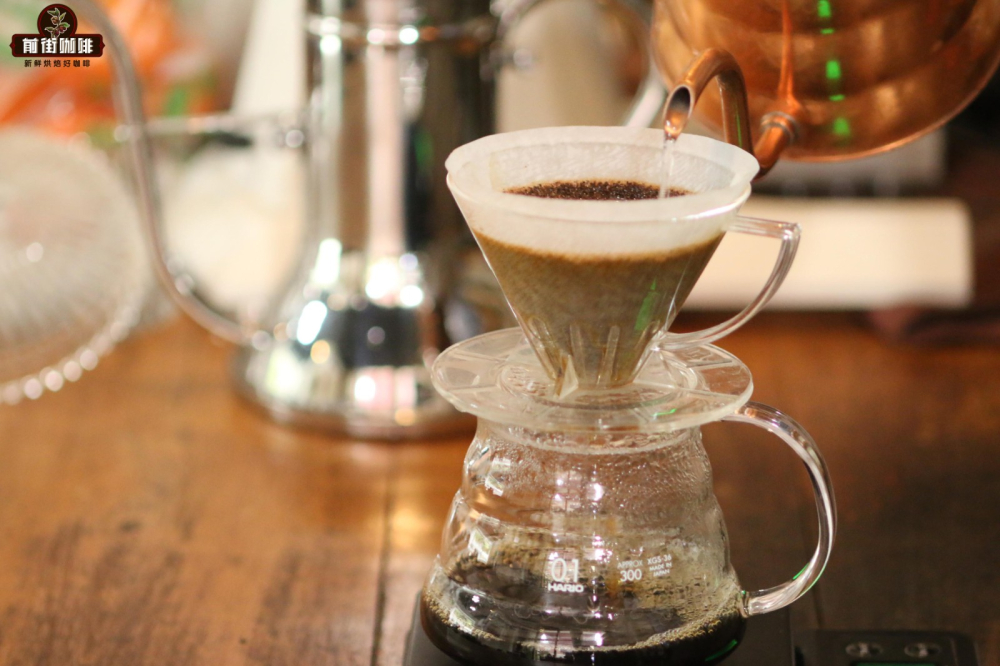
Robusta coffee is higher in caffeine, amino acids and chlorogenic acid than Arabica. Chlorogenic acid is the source of bitter taste, so Robusta naturally does not have the elegant aroma unique to Arabica beans. Instead, it has a richer and deeper taste. Coffee oil will be richer, and walnut, peanut, hazelnut, wheat, grain and other flavors will even appear pungent earthy flavor. It also benefits from Robusta's rich caffeine, which is generally used as an ingredient in instant coffee. Robusta caffeine content is very high about 2%-3%, coffee fat rich, pure thickness is high, and some Italian blend coffee in order to express rich heavy coffee fat, will also add appropriate amount of Robusta coffee beans.
Front Street Coffee Brewing Advice
Want to brew a good cup of coffee to drink, in addition to the variety of coffee, but also the freshness of coffee beans, Qianjie think coffee beans freshness is a very important part of brewing. Front Street Coffee ships coffee beans that are roasted within 5 days, because Front Street knows that the freshness of coffee beans has a great impact on flavor. Front Street Roasters 'motto is "Freshly Roast Good Coffee," so that every customer who orders coffee receives the freshest coffee. Coffee has a growing period of 4-7 days, so when the customer gets it, the flavor is at its best.

Of course, there are also some customers who need the front street to help grind, which does not matter, but the front street has to remind: coffee beans are ground in advance, there is no need to raise beans, because in the process of transportation, the pressure generated by carbon dioxide in the package can also make the coffee flavor mellow, so you can drink a cup immediately after receiving the coffee powder. However, coffee powder needs to be brewed in time, because coffee powder oxidizes faster after contact with air, that is to say, the flavor of coffee will disperse faster, and the flavor of coffee will not be so good. Therefore, Qianjie recommends buying whole beans and grinding them now, so as to better taste the flavor of coffee.
Professional coffee knowledge exchange More coffee bean information Please pay attention to coffee workshop (Weixin Official Accounts cafe_style)
More fine coffee beans, please add private WeChat Qianjie Coffee, WeChat: qjcoffeex
Important Notice :
前街咖啡 FrontStreet Coffee has moved to new addredd:
FrontStreet Coffee Address: 315,Donghua East Road,GuangZhou
Tel:020 38364473
- Prev

Liberica coffee beans introduce in detail the three major coffee varieties, libilica large-grained coffee, why no one grows it.
We have three common native species of coffee, namely, Arabica, Robusta, and Liberika. Coffee trees are evergreen shrubs or small trees of the Rubiaceae family. They grow in the tropics and subtropics. Coffee trees have white tube-shaped flowers that look like jasmine and give off the fragrance of jasmine. Today
- Next

What kind of coffee beans is Arabica? Introduction to the planting altitude of Arabica Coffee Bean Flavor
The earliest coffee variety discovered is Arabica, which is recognized as the best coffee variety in the world and the representative of fine coffee. Arabica coffee accounts for 70% of the total output of economically cultivated coffee in the world. Arabica originated in Ethiopia in Africa. The small grain essence that we are familiar with
Related
- Beginners will see the "Coffee pull flower" guide!
- What is the difference between ice blog purified milk and ordinary milk coffee?
- Why is the Philippines the largest producer of crops in Liberia?
- For coffee extraction, should the fine powder be retained?
- How does extracted espresso fill pressed powder? How much strength does it take to press the powder?
- How to make jasmine cold extract coffee? Is the jasmine + latte good?
- Will this little toy really make the coffee taste better? How does Lily Drip affect coffee extraction?
- Will the action of slapping the filter cup also affect coffee extraction?
- What's the difference between powder-to-water ratio and powder-to-liquid ratio?
- What is the Ethiopian local species? What does it have to do with Heirloom native species?

